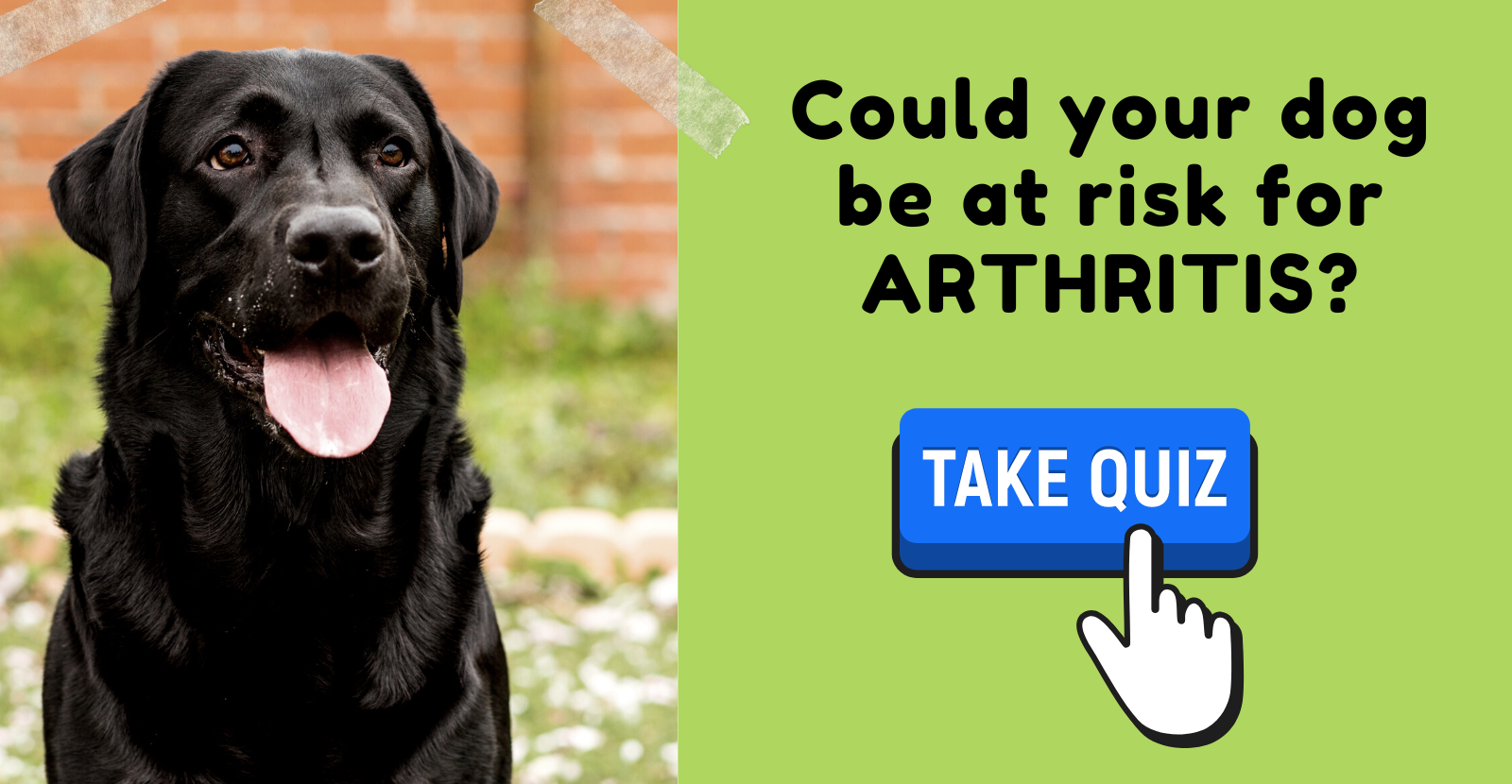Dogs can't convey their feelings to us. Nevertheless, all dog owners know that dogs have highly noticeable body language. In the early stages of illness, dogs instinctively hide their feelings. Having known your dog for a long time, detecting subtle differences in behavior and personality might be possible to observe.
It is usually the case that subtle changes indicate the presence of an underlying problem. It is important to recognize signs of illness as early as necessary to assist your dog in recovering quickly. To help you determine whether or not your dog requires veterinary treatment, here are 9 warning signs to look out for.
9 Common Signs That Indicate Sickness in Your Dog
Read these nine signs of sickness and determine if your dog is showing any of them. Seek medical attention if you feel your pet is sick.
1. Experiencing Vomiting or Diarrhea
In many cases, vomiting and diarrhea are the first symptoms of a dog's illness, so most of us seek veterinary care for our pets. Depending on the severity of the problem, it may be mild, transitory, or even potentially deadly. Several factors can trigger these signs, including a change in diet, getting into the trash, getting infected with viruses or bacteria, motion sickness, parvovirus in puppies, or ingesting unknown substances.
If your dog behaves normally after experiencing nausea or diarrhea, you should monitor him closely to determine whether the symptoms have progressed or regressed. Until the symptoms have resolved, bland wet foods, such as cooked chicken or ground beef mixed with rice, may be fed in small quantities.
You can begin mixing in kibble as soon as you have determined that your dog is not vomiting or exhibiting loose stools. Nevertheless, if symptoms occur more than once in 24 hours and are accompanied by weakness, fatigue, a loss of appetite, or excessive vomiting, it is prudent to seek medical attention.
2. An Increase or Decrease in Urination
Ideally, a house-trained dog will not suddenly begin urinating in the house without any apparent reason. Watch out for the following signs:
- Urinating with difficulty
- The volume of urine changes (increases or decreases)
- Urine containing blood
Senior dogs are especially susceptible to these signs. A tendency to urinate excessively could suggest a kidney problem or type 2 diabetes. There are several possible causes of bloody urine, including kidney infections, stones, blood problems, and cancer. Some of these symptoms may be family-related, so you can check the dog breeder for more information on family history. You should consult your veterinarian if you believe the dog is struggling to urinate, seeing blood, or urinating frequently. A urine sample should be taken if possible.
3. Appetite Loss
Each dog has a unique eating habit; some dogs may consume more food on particular days. A variety of problems may cause the loss of appetite. In some instances, the symptoms are minor, but they can be severe in other cases. Conditions such as anorexia may indicate dental disease if accompanied by bad breath.
If your dog does not respond well to these treats, you may be able to give them a portion of cooked chicken or hamburger instead. A visit to your veterinarian should be considered if the problem persists or is accompanied by other symptoms such as weakness, nausea, or lethargy.
4. Weight Loss
A sudden weight change may indicate something is wrong with your dog. It may indicate that the weight of your dog is fluctuating at an unusual rate. Observing that your dog's waistline has shrunk or his ribs and spine have become more prominent is a sign that he may have underlying health issues that must be addressed.
When your dog begins to gain weight, it may indicate thyroid issues or simply a result of excessive eating. You should monitor your pet's weight frequently and consult your veterinarian if any changes are observed.
5. Insufficient Social Interaction
Many owners consider a dog an integral part of the family; therefore, they want to ensure their pet is always in good health and happiness. Observing their social interaction makes it possible to determine whether your dog is ill. You might notice that your dog is sluggish and withdrawn suddenly when he is usually friendly and enjoys playing with other animals.
A dog that is usually friendly toward people but turns growly or bites may also be suffering from an illness. If your dog's social interaction changes, he or she should be taken to the veterinarian to receive the necessary treatment.
6. A Poor Coat of Hair
Assessing a dog's overall health is possible by looking at its coat. The coat of a healthy dog is thick, lustrous, and shiny, whereas the coat of an ill dog can be dull, dry, and brittle. Your dog may need to visit the veterinarian if his coat appears dull. Several factors may contribute to a poor hair coat, including allergies, malnutrition, and dehydration.
If your dog's coat is poor, your veterinarian can diagnose the problem and recommend the proper treatment. Meanwhile, simple methods can improve your dog's coat at home. Regular brushing is important to prevent dead or loose hair accumulation on your dog. Additionally, you may be able to keep their coat looking as healthy and shiny as possible by using a moisturizer or conditioner.
7. Showing Excessive Coughing or Difficulty in Breathing
An individual suffering from respiratory problems may experience coughing, wheezing, difficulty breathing, and nasal discharge. An illness such as a cold, dog flu, kennel cough, or heart failure can present with these symptoms. It is possible to observe an audible humming sound resulting from tracheal collapse in small breeds of dogs.
Whenever your dog has trouble breathing or if the gums or tongue of your dog appear blue, this requires immediate medical attention. If a cough persists or is accompanied by other symptoms, it should be evaluated by a physician. Dogs may suffer a life-threatening emergency if their health suddenly changes so be prepared.
8. Difficulty in Standing
Some numerous diseases and conditions can cause difficulty walking or limping, including osteoarthritis, hip dysplasia, joint disorders, or infections such as Lyme disease.
When your pet has lameness or stiffness, limit their activity. You may be able to give your dog a day of rest if the symptoms are mild and all other aspects of his behavior are normal. It is important to see your veterinarian if the problem persists or you are concerned about it.
9. Gums with a Pale Color
When inspecting your dog's gums, lifting the upper lip and examining the gum tissue closely is best. The gums of a normal dog are pink and moist. The gums of a dog with a pale color may indicate anemia or shock. As a result, any one of these causes can have serious consequences.
Symptoms such as pale gums, tired behavior, weakness, or difficulty breathing can alert you to a medical emergency. Please contact your veterinarian or the nearest veterinary center as soon as possible.
Conclusion
You cannot expect your pet to walk up and tell you that he or she is ill. Consequently, dog owners must recognize any early signs of illness in their pets as early as possible. When your dog exhibits 9 of these signs, schedule a consultation with your veterinarian right away. Your veterinarian will ask about the history of your dog and may perform tests on him.
Thank you to Arslan Hassan, the guest author of this blog post! Arslan writes for various dog blogs and is passionate about adopting dogs. According to Arslan, if you are considering adopting a dog, check this website: Welovedoddles.com, to learn about the nearest breeders and buying guides.



.png)

